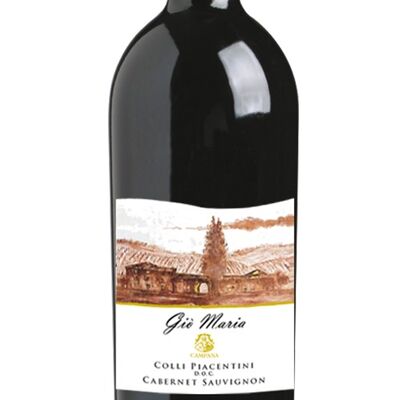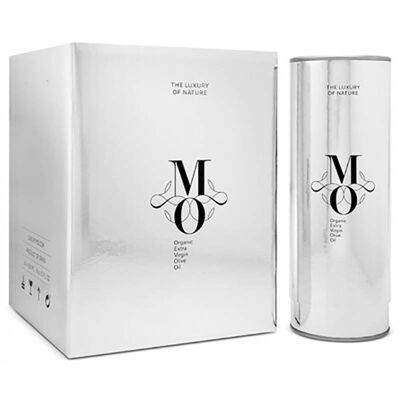
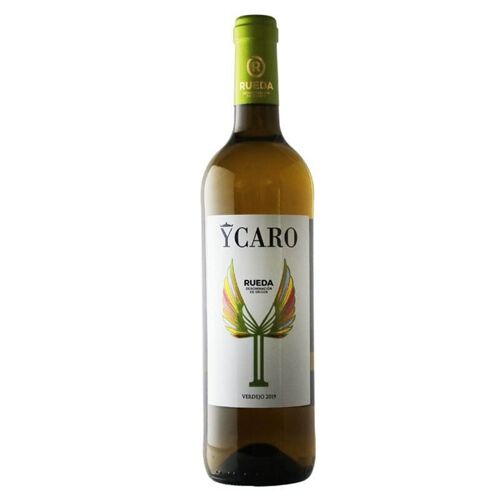
White Wine Verdejo from Rueda, Ycaro
75cl bottle We are attracted to the classic white grapes from Rueda by their intense aroma and their mouth full of life and charm. In this region of inland Spain, Ycaro chooses fresh, cheerful and bright white wines. Made to enjoy among good companies. The vineyards crown the upper parts of the northern area of the D.O. Rueda, epicenter of the D.O Rueda and a few kilometers from Valladolid. Made in Spain Gourmet always offers the best of Spanish gastronomy. Data sheet: Winery: Ycaro Wines DO. Wheel Vintage: 2021 Variety: 100% Verdejo Degree: 13% vol. Name of the wine: YCARO Verdejo Location of the vineyards: Valdesillas (Valladolid) The average age of the vineyards is 25 years Plantation frame 3 x 1.5m on trellis, double Gullot pruning, green pruning and selection of bunches before the harvest. Harvest: mechanical and night. Location of the vineyards: CASTILLEJO DE ROBLEDO (SORIA) The average age of the vineyards is 25 years The vineyard is located at an altitude of 980 m. Phenological and phytosanitary monitoring throughout the cycle. Production is limited to 5,500 kg per ha. Harvesting is done manually. Aging in oak: 4 months Oak type: French oak (60%), American oak (40%) Serving temperature: 7-10º C Tasting note: Pale straw yellow in color with greenish hues on the edges, it is clean, bright and crystalline. The nose is powerful, clean, and of medium-high intensity and good aromatic persistence in which notes of tropical, citrus and green apple fruits appear. and also a note of fresh grass. On the palate it is cheerful and very fresh. Balanced acidity. With a long and prolonged finish highlighting the characteristic flavors of the variety, such as citrus anise and tropical fruit. Geology and Soil The vineyards crown the upper parts of the northern area of the D.O. Rueda, epicenter of the D.O Rueda and a few kilometers from Valladolid. Brown soils, rich in calcium and magnesium, easy to till and stony with good aeration and drainage and limestone outcrops at the highest levels. Permeable and sound, their texture varies from sandy-silty. The pH. of its lands oscillates between 7 and 8. This geological substratum has evolved on the surface towards brown soils on stony allochthonous deposits, giving rise to the typical "gravly" terrains, brown soils on stony allochthonous deposits, and with good drainage. The difference in temperatures between day and night are the secret of its flavor, the sugar gained with the sun is compensated by the acidity not lost in the cool nights. The vines withstand sun exposure of up to 2,600 hours per year, an amount that would be excessive if it were not for the late ripening of the grapes. Considering the latitude, the D.O.Rueda would be located in the Mediterranean arc but due to its altitude between 700 and 800 m, and the rains rarely reach 500 liters per year, it is considered to have Continental influence. Pairing At Made in Spain Gourmet we recommend it with mussels, prawns, and oysters. For appetizers and combines perfectly with rice and fish. Semi-cured sheep cheeses from Calaveruela y Quesería 1605 and vegan, such as those from Veggie Karma. Elaboration Made with grapes at their right point of maturity from vineyards planted in gravel land. Fermented at 14º for 22 days. Aging is done in the bottle. DO. WHEEL The Rueda Designation of Origin was recognized on January 12, 1980 by order of the Ministry of Agriculture, being the first Designation of Origin recognized in the Autonomous Community of Castilla y León, after several years working for the recognition and protection of its native variety. : the verdejo “The area protected by the D.O. Rueda is specialized in the production of white wines”. The Rueda Designation of Origin has very favorable natural resources for the production of high-quality wines, being an area specialized in the production of white wines, with wide international recognition. Likewise, since August 5, 2008, red and rosé wines are covered by the Rueda Designation of Origin. The production area covered by the D.O. Rueda is located in the Community of Castilla y León and is made up of 74 municipalities, of which 53 are located to the south of the province of Valladolid, 17 to the west of Segovia and 4 to the north of Ávila. The different cultivated grape varieties are distributed irregularly throughout the different municipalities that make up the D. O. Rueda. However, the vineyard reaches its highest concentration and intensity in the municipalities of La Seca, Rueda and Serrada. It is the vineyard of the Verdejo variety that occupies the largest area. The Verdejo grape has lived in the Rueda Designation of Origin for more than ten centuries. Its genius is determined by its aroma and flavor, with nuances of scrubland grass, with fruity touches and excellent acidity. The extract, the personality factor of great white wines, is perceptible due to its volume and its characteristic bitter touch that projects a flash of originality in the mouth, accompanied by a great fruity expression. They are wines of great harmony, whose memory after passing through the mouth invites you to continue with the tasting. Continental weather Side. Rueda rises between 700 and 870 meters above sea level, with flat but high lands, which support cold and very long winters, short springs with late frosts and hot and dry summers, only altered by inopportune storms. This factor forces the vines to look for their water resources in the depths of the subsoil, more than in other areas of Europe. Sprouting is usually late, and pruning can take place until March or early April. The rains are scarce reaching minimums of 300 liters and maximums of 500 liters per year. In other times, at the end of winter, an excavation was made around the vine to concentrate the spring water. At the beginning of the summer, a “shelter” was made by accumulating the earth again around the vine and burying it halfway many times to protect it from summer evaporation. Today, the improvement of the crop and the incorporation of dripping, compensates for these tasks that are impossible to put into practice today. On the other hand, the difference in temperatures between day and night is the secret of the balance between the sugar that the grape gains from the sun and the acidity that it does not lose during the cool night. The insolation reaches 2,600 hours per year, which would be excessive if it were not for the late ripening of the grapes. Due to its latitude, the Rueda area is located in the Mediterranean area. However, due to its altitude, it is declared of continental influence. gravelly soil The D. O. Rueda is located in the central sector of the depression formed by the Duero River, constituting a plateau with gentle reliefs and slopes subjected to the Atlantic winds. Extensive alluvial and diluvial terraces on the banks of the Duero and its tributaries Trabancos, Zapardiel and Adaja. Brown soils, rich in calcium and magnesium, easy to till and stony with good aeration and drainage and limestone outcrops at the highest levels of the undulations. Permeable and sound, their texture varies from sandy to silty. The pH. of its lands oscillates between 7 and 8. This geological substratum has evolved on the surface towards brown soils on stony allochthonous deposits, giving rise to the typical "gravy" soils where the best vineyards of the D.O. Wheel. Varieties white grapes Side. Rueda is one of the few European wine regions specialized in the production of white wine and in the protection and development of its native variety, Verdejo. The strong personality of the Verdejo (main variety), the adhesion of other varieties, as well as a vineyard that has learned to survive the harshness of its environment, almost hostile, to give the best of itself to the wine, configure the profile of Rueda white wines. The varieties have been appearing throughout the history of the D.O. Wheel. In the 1930s, the Palomino Fino variety began to be planted in the area, the origin of generous flor wines, with a higher yield than other varieties and capable of producing wines similar to those of Jerez, which were in great demand at that time. Thus, it became the majority variety in the Medina region at that time (the C.R.D.O. Rueda does not allow new plantings of this variety). It is a variety that produces light wines with low acidity, very suitable for making wines with biological aging. The Viura variety, with its Riojan reputation, began to be cultivated in the 1950s, a time when the classic white model was aged in wooden barrels. This variety gave the aristocratic touch of Castilian table wine, since those were times in which the virtues of the Verdejo were yet to be discovered and it was cultivated at the same time, at the extremes of generous and popular. It is used in white wines providing greater lightness and a point of acidity. The Sauvignon Blanc (main variety) made an appearance in the 70s. Originally from the French Loire, it adds a floral component with aromas of grapefruit and passion fruit, compared to the flint touch of the Sauvignon de Loire, differences mainly due to the greater number of hours of sunshine if we compare it with the Loire and Bordeaux. However, they have in common the short vegetative period, which in the French zone is due to the northern latitude and in the Castilian zone to the altitude. Side. Rueda is a pioneer in the adoption of this French variety, which gives this region a modern and international character. Viognier, authorized in 2019, is a variety that provides aromas of stone fruit and honey with hints of muscatel. The Chardonnay, authorized in 2019, is a variety of medium-low aromatic intensity that gives the wines notes of ripe fruit and that over time can express aromas of butter and walnuts.
Made in Spain Gourmet store also offers

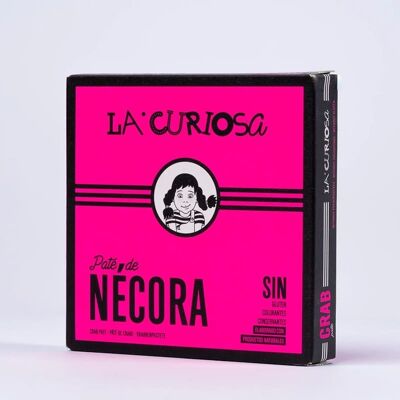
Paté de Nécora, La Curiosa

Turrón Bombón Crujiente, Alemany 1879
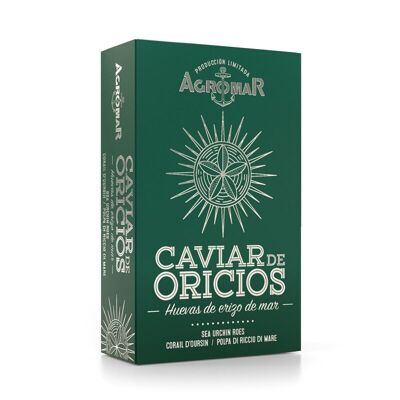
Caviar de Oricios (erizos de mar), Agromar
Products you may like
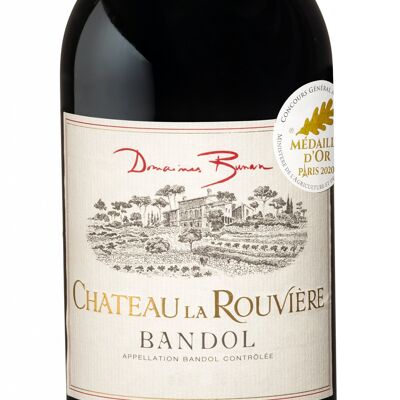
Château de la Rouvière Rouge - AOC Bandol
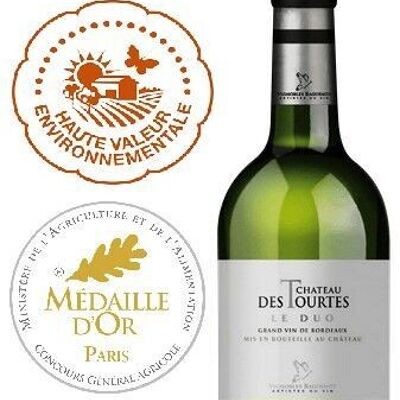
Chateau des tourtes le duo blanc, aoc bordeaux

Pack Découverte 15 bouteilles Pif à Papa - Découvrez le Vin Naturel - Vin Bio

Chardonnay piemontese
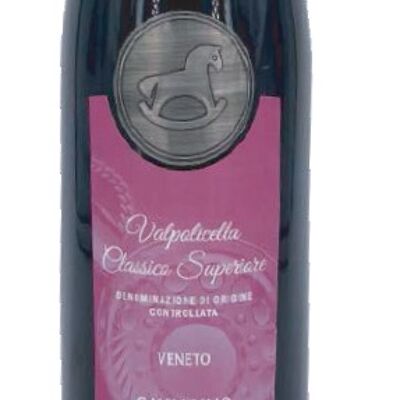
Valpolicella Classico D.O.C. 2017/2018
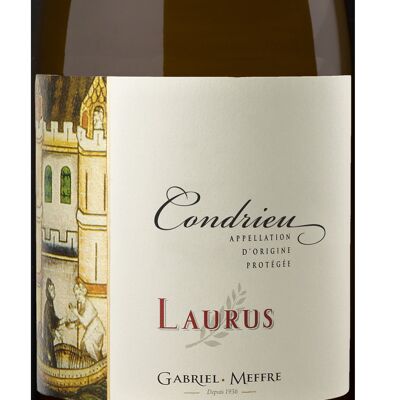
Condrieu - Laurus - Blanc - 2018 - 75cl - Maison Gabriel Meffre - Condrieu
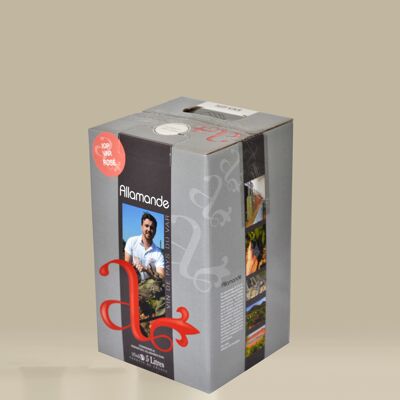
BIB 5L Rosé 2021 Domaine de l'Allamande IGP
